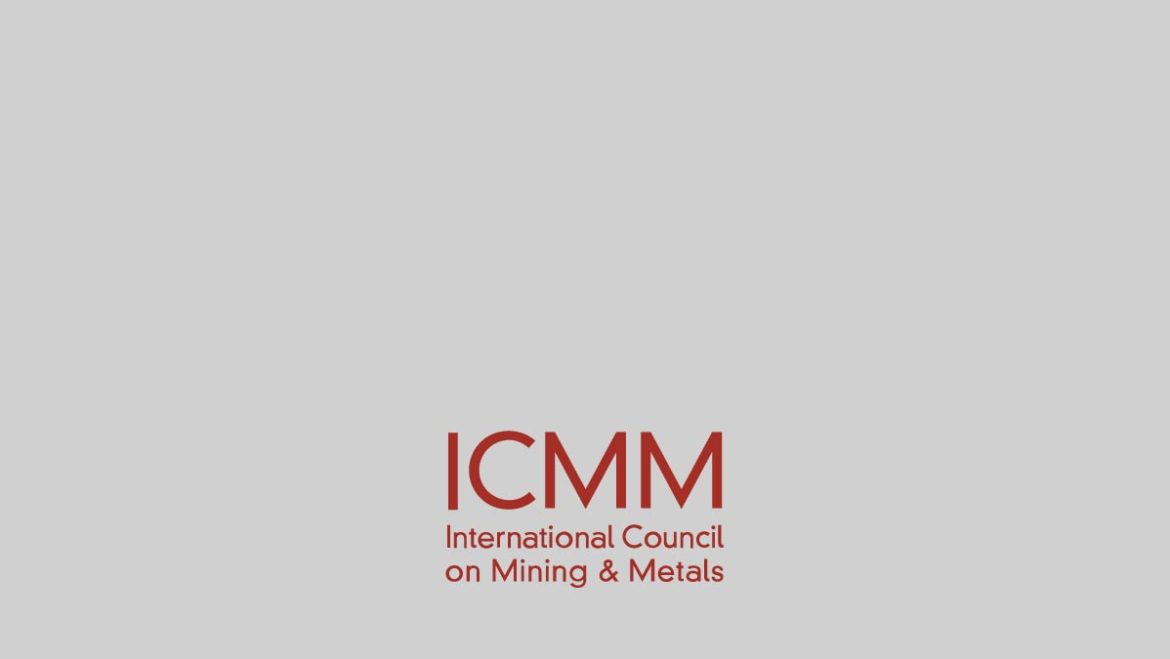Background and methodology
Most large mining and metals companies undertake environmental and social impacts assessments (ESIAs) prior to the development of new projects. These assessments are often prompted by requirements from investors and/or regulators. An important objective is to help ensure that effective management of social and environmental issues is built into the physical design and incentive structure of the mine from the outset. Anglo American recognized that there was a need for ongoing socio-economic impact assessment and engagement to be implemented at producing operations.
In 2003, its Socio-Economic Assessment Toolbox (SEAT) was launched, which allowed mines to assess current social and environmental impacts and identify and respond to the broader developmental aspirations of host communities, in line with international best practice and in close consultation with local stakeholders.
Following a consultation stakeholder engagement process, SEAT guides managers through the process of developing a publicly-available management action plan. Business units are encouraged to collaborate closely with local stakeholders in developing this action plan. Subjects covered by the toolbox include stakeholder identification, calculating total employment from the operation, assessing performance in relation to corporate policies and establishing partnerships. Each SEAT assessment takes around four months to conduct. The toolbox was intentionally designed to be accessible to general business managers. External organizations have, however, been brought in to help local business units undertake the process, for example the NGO Casa de la Paz helped the company’s operations implement SEAT in Chile.
Outcomes
Launched in 2003 and enhanced in 2007 and 2011/12, SEAT has been implemented at all of the company’s mining locations. One of the main lessons emerging from SEAT implementation is the need to address community perceptions of adverse impacts, even when these are not well founded. In addition, a number of substantive issues have emerged frequently from SEAT applications, including access to jobs and training, access to land and alternative livelihoods, access to supply chain opportunities, and the balance and distribution of social investments. In terms of implementing the process itself, managing rivalries between stakeholder groups has been identified as a particular challenge.
One of SEAT’s main strengths has been to help professionalize the approach of operational managers to managing social issues. Where social investment and philanthropy characterized many community development efforts in the past, business units have been encouraged to treat management of socio-economic impacts with the same degree of discipline and attention as, for example, health and safety, or recruitment. SEAT has also helped shift the focus of socio-economic development contributions towards core business activities, such as local procurement, workforce development and delivering mine infrastructure in a way that also benefits local communities.

